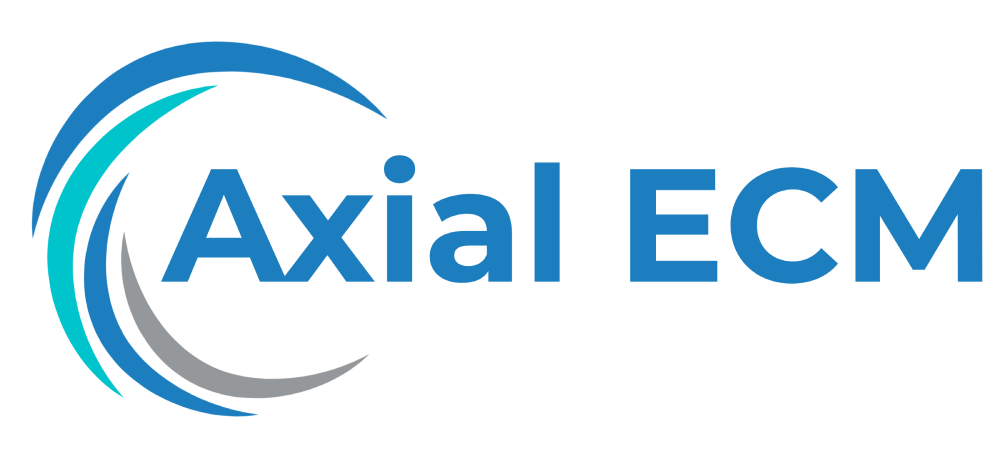Document Lifecycle Management: Exploring the stages of document lifecycle management within ECM.
Creating Documents in ECM: Best Practices for Efficiency and Compliance
As businesses rely more and more on digital documents, effective document lifecycle management becomes crucial. Enterprise Content Management (ECM) systems provide organizations with the tools and infrastructure they need to efficiently manage the creation, storage, retrieval, and disposal of documents.
The Importance of Efficiency and Compliance in Document Creation
When it comes to creating documents within ECM, efficiency and compliance are two key factors to consider. Efficiency ensures that documents are created in a timely manner, minimizing the time and resources required to complete the task. Compliance, on the other hand, ensures that documents adhere to regulatory and legal requirements, maintaining the integrity and security of critical information.
To achieve efficiency and compliance in document creation, organizations should follow these best practices:
1. Standardize Document Templates
Creating documents from scratch every time can be time-consuming and prone to errors. By standardizing document templates, organizations can ensure consistency and reduce the time required to create new documents. Templates should include pre-defined formatting, styles, and sections, allowing users to fill in the content quickly and accurately.
2. Implement Version Control
In an ECM system, having multiple versions of a document can lead to confusion and inefficiency. Implementing version control allows organizations to track and manage document versions effectively. This ensures that everyone is working on the latest version of a document and eliminates the risk of outdated or conflicting information.
3. Automate Document Review and Approval Processes
Manual document review and approval processes can be time-consuming and prone to delays. Automating these processes within an ECM system improves efficiency by streamlining the workflow, reducing errors, and ensuring compliance. Workflow automation allows documents to be automatically routed to the right stakeholders for review and approval, with notifications and reminders to keep the process moving.
4. Enforce Document Naming Conventions
A well-defined naming convention for documents ensures consistency and makes it easier to organize and search for documents within an ECM system. Organizations should establish clear guidelines for naming conventions, including elements such as date, document type, version number, and relevant keywords. Properly naming documents helps users quickly locate the right document and avoids duplicate or conflicting files.
5. Integrate Electronic Signatures
Electronic signatures are not only more efficient than traditional handwritten signatures but also offer added security and compliance benefits. Integrating electronic signature capabilities into an ECM system allows organizations to streamline document signing processes, reduce paper usage, and ensure the authenticity and integrity of signed documents.
6. Train Employees on Document Creation Best Practices
Properly educated employees are essential for efficient and compliant document creation. Organizations should provide training on the ECM system and its document creation capabilities to ensure that employees are aware of best practices. This includes training on template usage, version control, naming conventions, and any specific compliance requirements for document creation within the organization.
7. Regularly Audit Document Creation Processes
Periodic audits of document creation processes can help identify any inefficiencies or compliance issues. Organizations should review document creation metrics such as time taken to create documents, number of revisions, and adherence to naming conventions. These audits provide valuable insights and opportunities for continuous improvement.
Conclusion
Efficient and compliant document creation is a critical component of effective document lifecycle management. By standardizing document templates, implementing version control, automating review and approval processes, enforcing naming conventions, integrating electronic signatures, training employees, and conducting regular audits, organizations can ensure that their document creation processes are optimized for efficiency and compliance.
